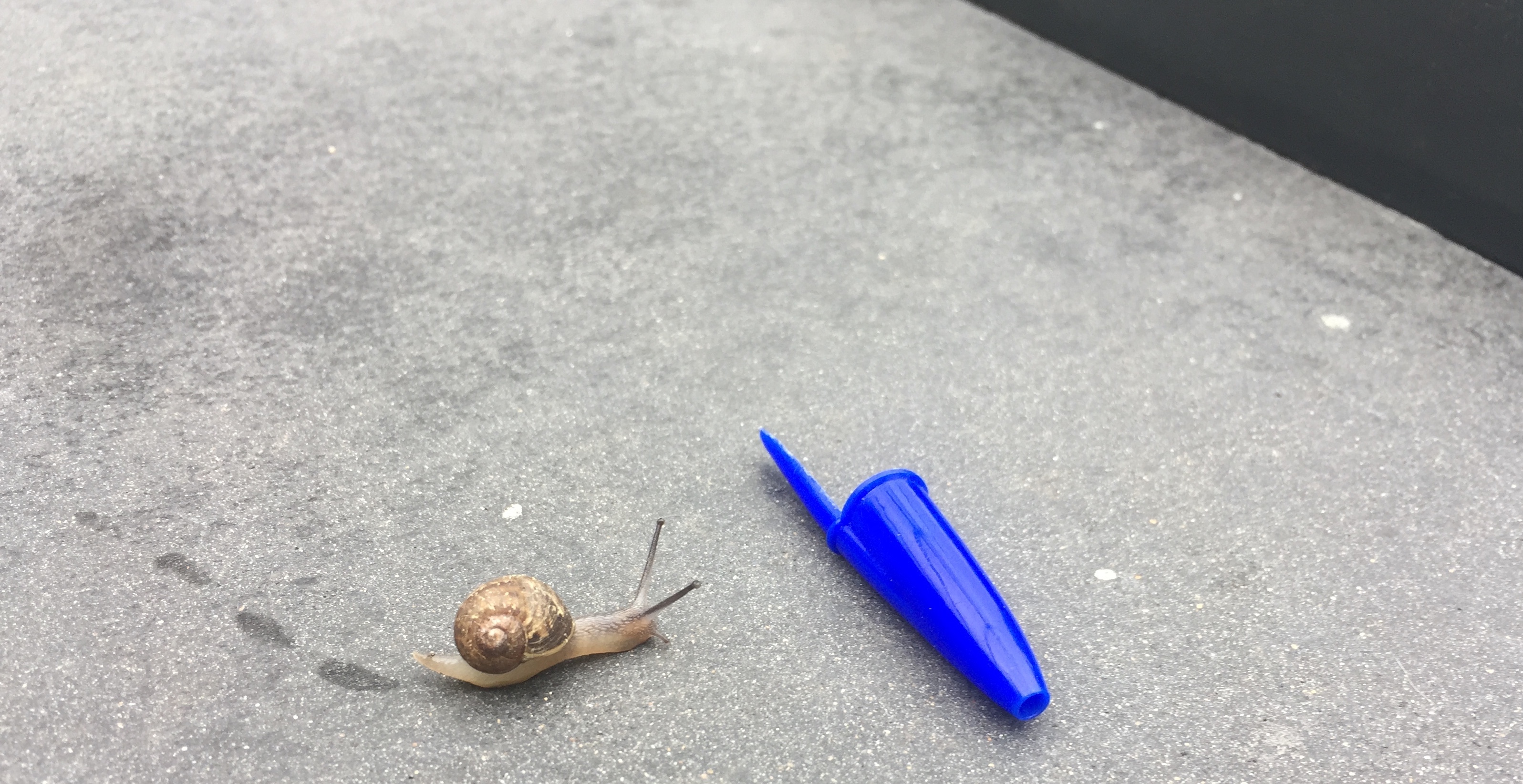Lost in Intensity
Is there an empirical solution to the quasi-emotions debate?
DOI:
https://doi.org/10.58519/aesthinv.v4i1.11925Keywords:
Subjective feelings, Quasi-emotions, Physiological measures, Paradox of fiction, Kendall Walton, Fiction, Emotion intensity, Emotional reactionsAbstract
Contrary to the emotions we feel in everyday contexts, the emotions we feel for fictional characters do not seem to require a belief in the existence of their object. This observation has given birth to a famous philosophical paradox (the ‘paradox of fiction’), and has led some philosophers to claim that the emotions we feel for fictional characters are not genuine emotions but rather “quasi-emotions”. Since then, the existence of quasi-emotions has been a hotly debated issue. Recently, philosophers and psychologists have proposed to solve this debate by using empirical methods and experimentally studying differences between ‘real’ and ‘fictional’ emotions. In this paper, our goal is to assess the success of these attempts. We begin by surveying the existing empirical literature and stressing the methodological problems that plague most studies that might seem relevant to the debate, before focusing on recent studies that avoid this pitfall. We then argue that, due to conceptual problems, these studies fail to be relevant to the philosophical debate and emphasise new directions for future empirical research on the topic.
Downloads
References
NA
Downloads
Published
Issue
Section
License

This work is licensed under a Creative Commons Attribution 4.0 International License.
Authors who publish with this journal agree to the following terms:
Authors retain copyright and grant the journal right of first publication with the work simultaneously licensed under a Creative Commons Attribution License that allows others to share the work with an acknowledgement of the work's authorship and initial publication in this journal. Note: up to volume 4 issue 1, an incorrect copyright line appears in the PDFs of the articles.
Authors are able to enter into separate, additional contractual arrangements for the non-exclusive distribution of the journal's published version of the work (e.g., post it to an institutional repository or publish it in a book), with an acknowledgement of its initial publication in this journal.
Authors are permitted and encouraged to post their work online (e.g., in institutional repositories or on their website) prior to and during the submission process, as it can lead to productive exchanges, as well as earlier and greater citation of published work (See The Effect of Open Access).






